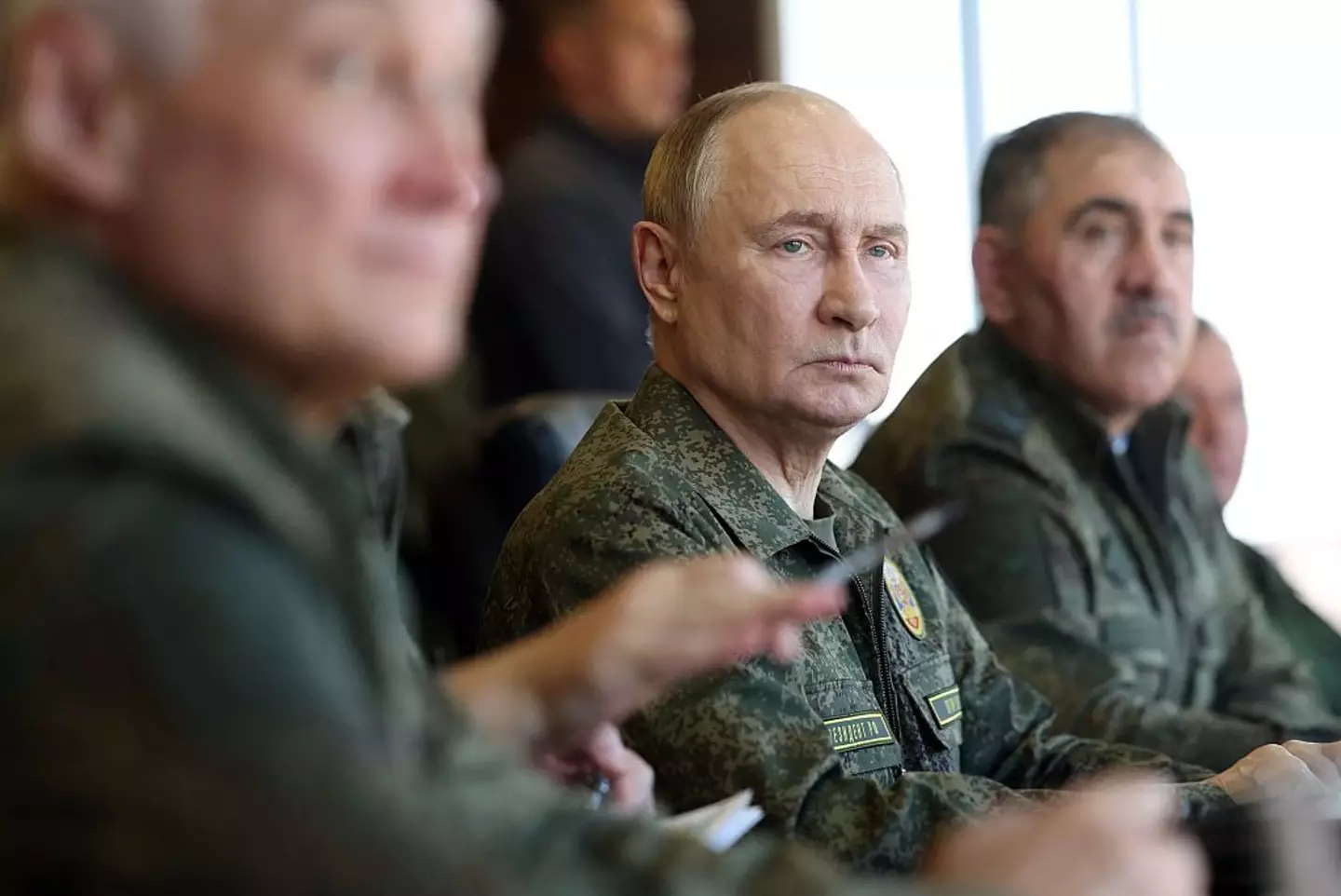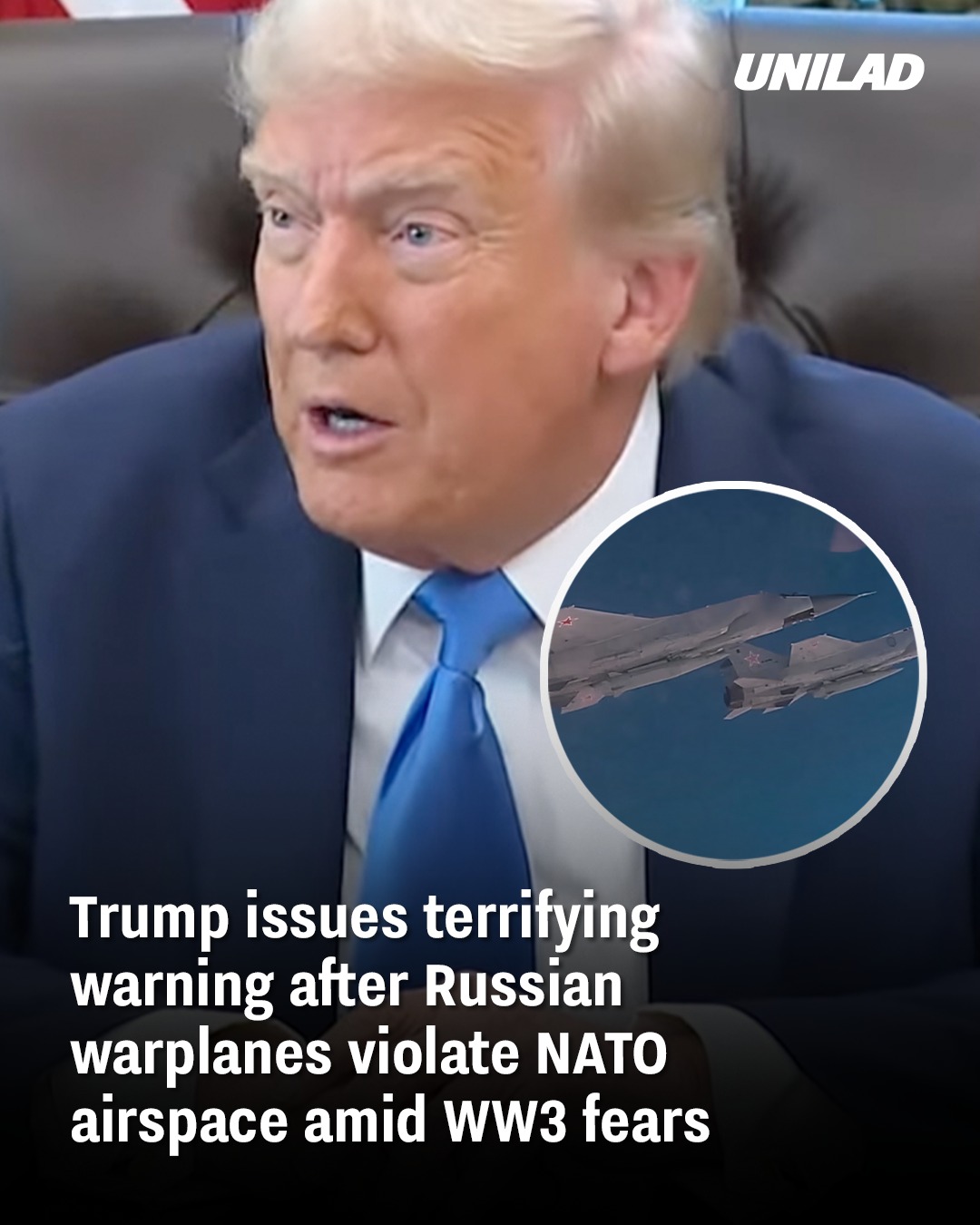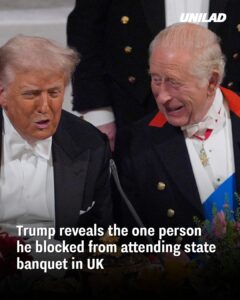Tensions between Russia and NATO have reached a dangerous new level after three Russian fighter jets violated NATO airspace, sparking concerns that the ongoing Ukraine conflict could escalate into World War III. The incident, which took place over Estonia, has led former President Donald Trump to issue a chilling warning, indicating that this act of aggression could lead to “big trouble.”
The Incident: Russian Planes Violate Airspace
On September 19, Estonia’s Foreign Ministry confirmed that three Russian MIG-31 fighter jets entered the country’s airspace without permission. These jets flew over Estonia for a tense 12 minutes, during which they showed no flight plans, no active transponders, and remained completely silent on radio. This military maneuver, experts suggest, was both deliberate and provocative, intensifying fears about the stability of the region.

President Vladimir Putin is believed to have ordered the Russian warplanes violate NATO airspace (VALERY SHARIFULIN/POOL/AFP via Getty Images)
What makes this particular violation even more alarming is that it was not an isolated event. Estonia revealed that this marks the fourth time this year that Russia has breached its airspace. However, Foreign Minister Margus Tsahkna emphasized that this recent incursion was “unprecedentedly brazen,” with three fighter jets involved rather than a single aircraft.
In response to this violation, Estonia summoned a Russian diplomat and issued a formal protest. Hanno Pevkur, Estonia’s Defence Minister, tweeted that the government had invoked NATO’s Article 4 for the first time in response to the situation. Article 4 is activated when a NATO member feels its territory is under threat, prompting urgent consultations among the alliance’s members. NATO is expected to meet next week to discuss this escalating situation.
Trump Speaks Out: “Big Trouble” Ahead
Former U.S. President Donald Trump has weighed in on the breach, issuing a grave warning to Russian President Vladimir Putin. Trump, who has been vocal about his frustrations with Putin in the past, said, “I don’t love it. I don’t like when that happens. It could be big trouble, but I’ll let you know later,” signaling his concern over the potential for further conflict.
Trump’s response reflects the growing anxiety among Western leaders about Russia’s increasingly aggressive actions in Europe. The recent airspace violation follows a series of provocative incidents, including the downing of Russian drones over Poland just a week earlier. This was considered one of the most serious cross-border confrontations since Russia began its full-scale invasion of Ukraine in February 2022.
The Growing Threat of Escalation
The situation in Eastern Europe continues to deteriorate, with increasing fears of further escalation. NATO’s Article 4 consultation process highlights the severity of the situation, with NATO members now grappling with how to respond to Russia’s provocations.
For Trump, the recent airspace violation adds to his growing concerns about the ongoing conflict between Russian President Vladimir Putin and Ukrainian President Volodymyr Zelenskyy. Speaking to Fox News anchor Martha MacCallum, Trump remarked on the deep personal animosity between the two leaders, which he believes has prolonged the war. “The relationship between President Putin and President Zelenskyy is a horrible one,” Trump stated. “A lot to do with relationships and they truly dislike each other — I want to use that word rather than a stronger word but they really do, they hate each other.”
Trump’s commentary on the conflict underscores the complexity of the geopolitical situation, where personal dynamics between leaders are influencing broader military and political decisions.
A Long History of Tensions
The recent airspace violation and the broader conflict in Ukraine highlight a long-standing pattern of escalating tensions between Russia and the West. Russia’s increasing military assertiveness in Europe has sparked fears that the situation may spiral out of control. Since the annexation of Crimea in 2014 and the ongoing war in Ukraine, NATO has remained on high alert, with many of its members concerned about further Russian aggression.
While the violation of NATO airspace is certainly alarming, it is not an isolated incident in the broader context of the Russia-Ukraine war. This latest breach adds to the ongoing series of military provocations that have characterized the conflict. With Western leaders like Trump expressing concern and NATO ramping up its defensive posture, the world is watching closely to see how Russia will respond to international pressure.
What Comes Next?
As tensions continue to rise, questions remain about what steps the international community will take to address the growing threat posed by Russia. NATO’s upcoming consultation on the airspace violation could provide further insight into how the alliance plans to respond to Russian provocations. Meanwhile, the situation in Ukraine continues to unfold, with no clear end in sight.
For Trump, the unfolding crisis represents both a warning and an opportunity. With the conflict in Ukraine continuing to destabilize Europe, the stakes are higher than ever. The question remains: Will the situation de-escalate, or will Russia’s provocative actions lead to a broader military confrontation?
In any case, the world is closely watching as the geopolitical landscape continues to shift, with the specter of World War III increasingly looming over the horizon.
For more stories on global tensions and political developments, check out these articles:



